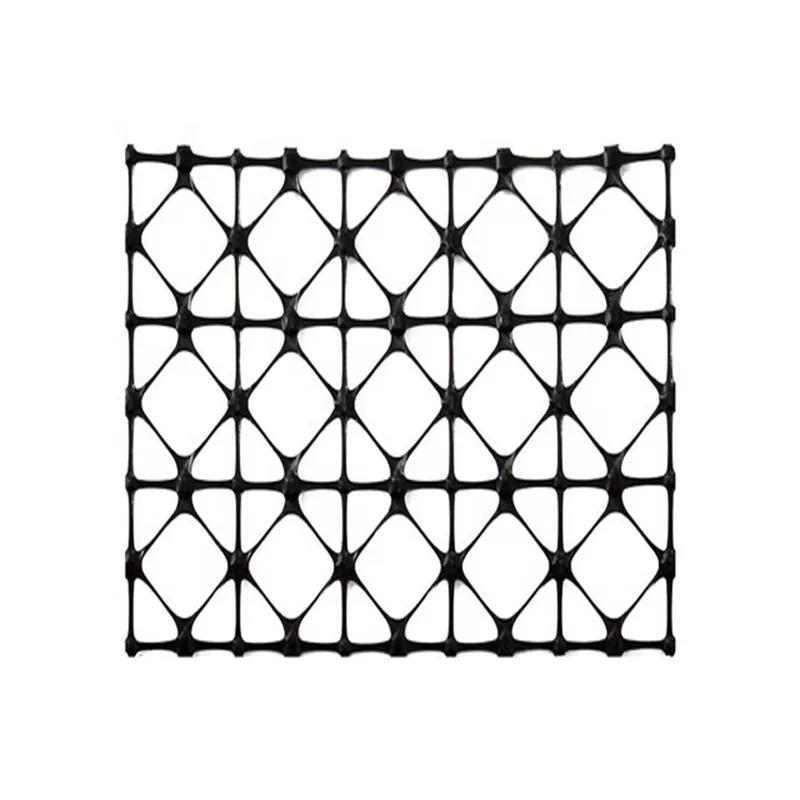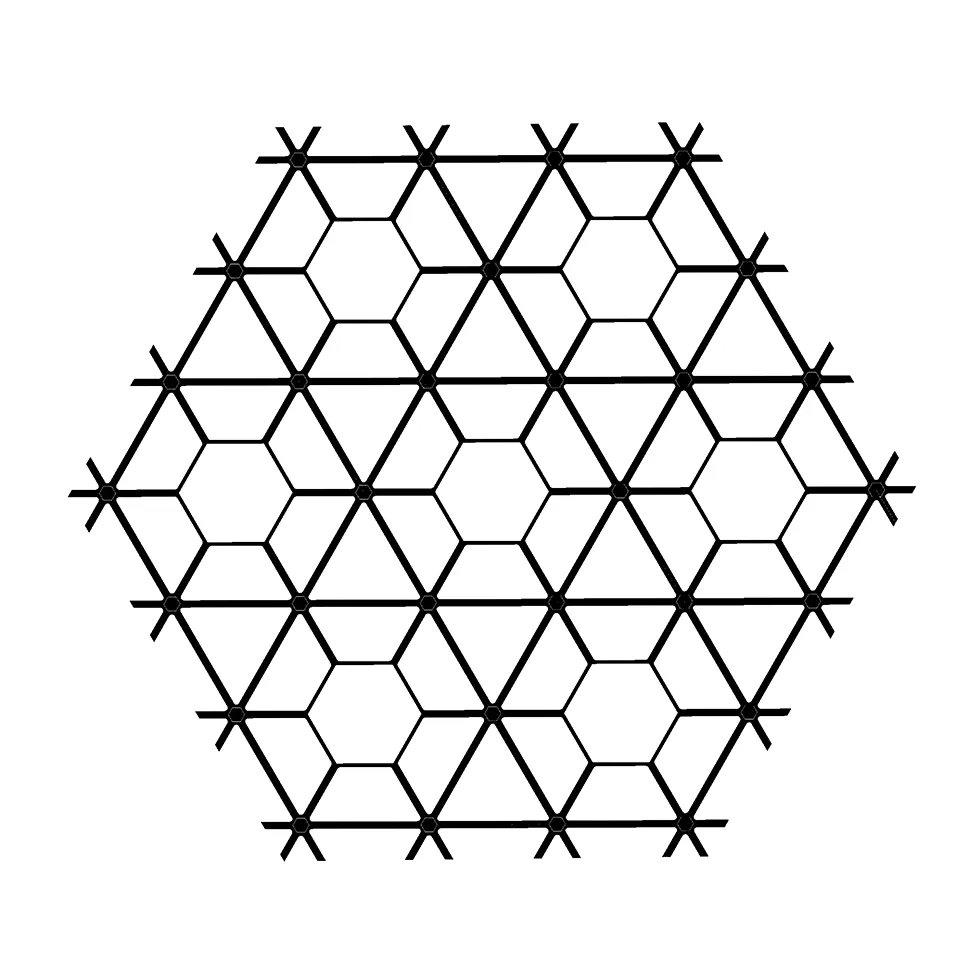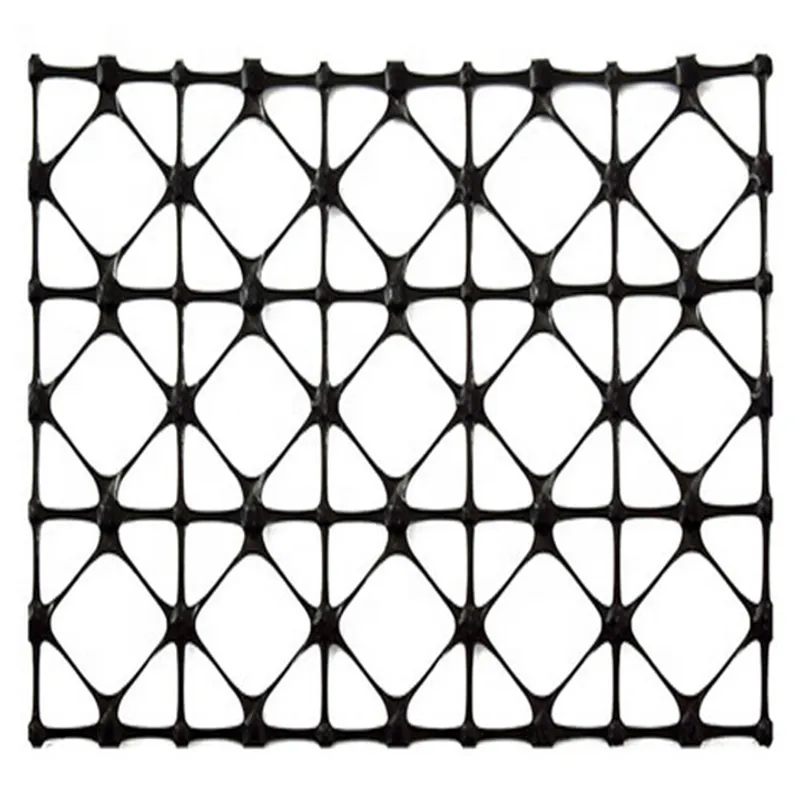Why Geogrid Plastic Grids Are Essential for Long-Lasting, Stable Driveways
Geogrid driveway plastic grids are innovative and reliable solutions for strengthening driveways, especially on soft or unstable ground. Designed to hold and stabilize materials like gravel or sand, these plastic grids prevent issues such as rutting, sinking, and surface displacement. They offer an eco-friendly, sustainable choice that can improve a driveway’s durability and support under heavy loads, reducing maintenance needs over time. In this article, we will explore why geogrid systems are ideal for driveways, how to install them, and important considerations for achieving the best results.
Is Geogrid Good for Driveways?
Yes, geogrid is excellent for driveways, especially those made of gravel or exposed to heavy use. Geogrid driveway plastic grids provide essential stability by distributing weight more evenly across the surface. This can help provide base reinforcement to a gravel driveway while reducing the amount of aggregate required, preventing the gravel from shifting or sinking, which can cause potholes and uneven surfaces. By reinforcing the ground beneath the gravel, geogrid grids enhance load-bearing capacity and prolong the driveway’s lifespan. They also allow water to drain effectively, reducing the risk of pooling and erosion, which can weaken the driveway over time.

How Do You Fit a Plastic Driveway Grid?
To install a plastic driveway grid, start by preparing the area. First, excavate to remove any debris, roots, or vegetation. A typical excavation depth is about 8-10 inches, depending on the soil type and expected traffic load. Next, a non-woven geotextile membrane will be laid over the excavated area to help separate the sub-base from the grid and improve drainage. Then, add a layer of crushed stone or gravel as a stable base.
Place the grids starting at one corner and interlocking as you go to ensure a secure fit. Once the grid is in position, fill it with gravel or another suitable material, making sure it’s evenly distributed to prevent shifting. Compact the gravel to firmly hold it in place. Finally, smooth the surface to give it a finished look, ensuring the grid cells are filled without overflowing.
How Effective is Geogrid?
Geogrid is highly effective in enhancing driveway stability and durability. It distributes weight across a larger surface area, reducing stress on specific points and minimizing ground deformation. In fact, a noticeable decrease of approximately 36–38% in the maximum vertical strain is evident when compared to pavement without reinforcement, highlighting the enhanced load-bearing capacity of geogrid-reinforced surfaces. This means that driveways with geogrid systems can handle heavier loads without rutting or displacement, common in traditional gravel driveways. Moreover, geogrids support drainage, reducing water accumulation that can damage the ground structure. Geogrid solutions are among the best investments for gravel or soil driveways in areas with high traffic or challenging ground conditions.
Do I Need Sand Under Gravel Grids?
Adding a layer of sand under gravel grids can be beneficial but isn’t always necessary. A sub-base layer of compacted hardcore or aggregate is required, followed by a layer of sand or fine gravel to create a stable foundation. Typically, a layer of crushed stone or gravel serves as a sturdy sub-base for the grid. Sand can then be used for leveling and providing an even surface, especially in cases where the ground is uneven. If used, ensure the sand layer is compacted and even. However, it’s important not to use too thick a layer, as sand alone lacks the stability needed to support heavy loads without compacted gravel or stone beneath it.
Geogrid driveway plastic grids offer a smart solution for creating a stable, durable, and well-drained driveway. They reinforce the ground beneath gravel, preventing issues such as rutting and displacement, and making the driveway easier to maintain. Installing geogrid plastic grids is straightforward, with just a few preparatory steps to ensure the best performance. By stabilizing materials and supporting proper drainage, these grids increase the longevity of driveways and are particularly effective for heavy traffic areas.



Comments
Post a Comment